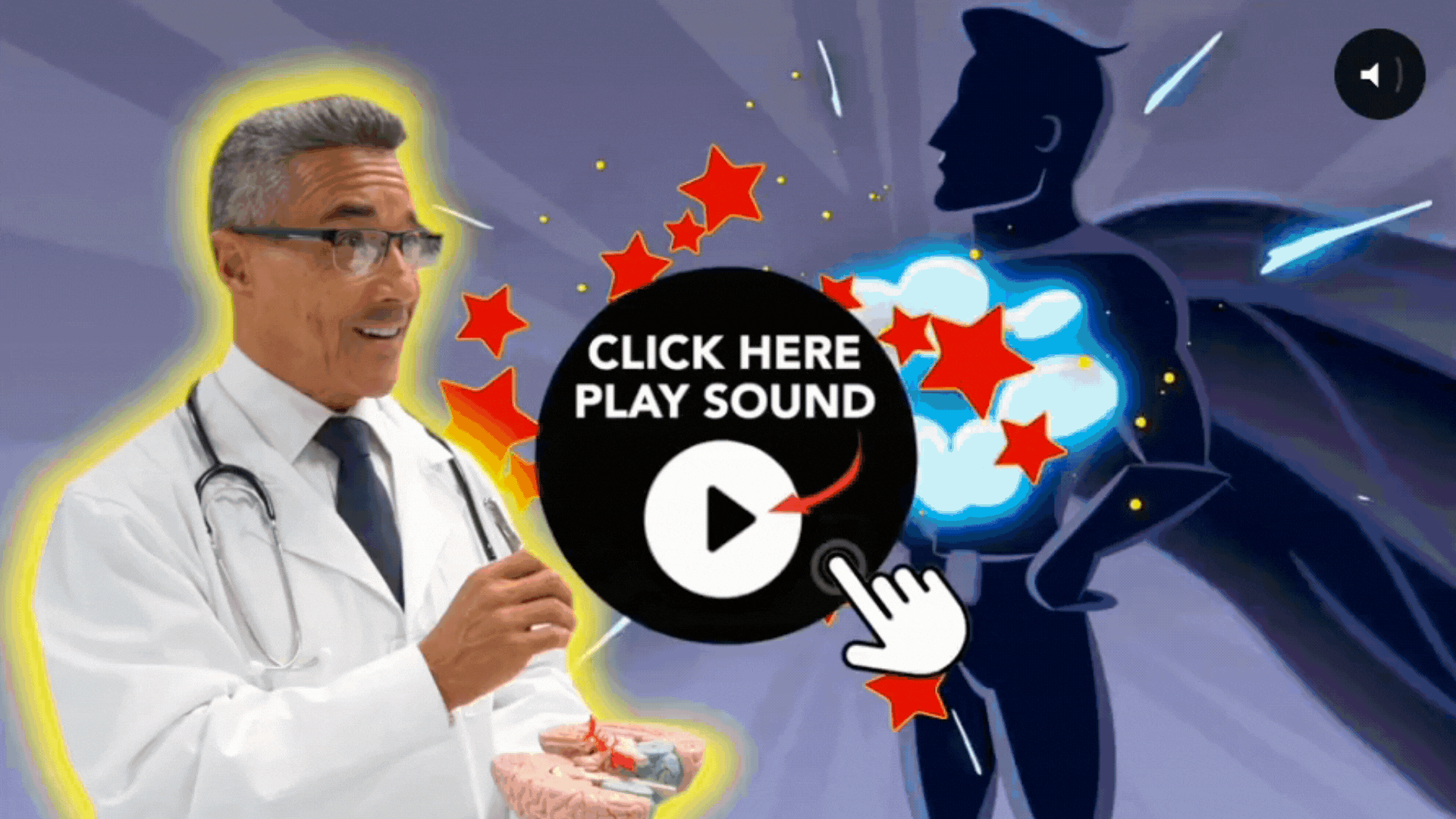"THE BRAIN POWER YOU WANT is NOT in a bottle, capsule or magic lamp... It's In Your Brain Right Now"

Scientific References:
1. Venkatraman, R.. You’re 96 Percent Less Creative Than You Were as a Child.
Here’s How to Reverse That. Inc.com.
https://www.inc.com/rohini-venkatraman/4-ways-to-get-back-creativity-you-
had-as-a-kid.html
2. Kerley, J. Creative Inventive Design and Research.
https://ntrs.nasa.gov/api/citations/19940029213/downloads/19940029213.pdf
3.Robinson, K. “Do Schools Kill Creativity?”.
4.https://www.youtube.com/watch?v=iG9CE55wbtY
Uable, 28 August 2023. “The end of education.”
https://medium.com/@connect_75384/the-end-of-education-94f3a39fe97c
5. Church, D., Yang, A., Fannin, J., & Blickheuser, K. (2022). The biological
dimensions of transcendent states: A randomized controlled trial. Frontiers in
Psychology, 13, 928123. https://doi.org/10.3389/fpsyg.2022.928123
6.Herrmann, C. S., Strüber, D., Helfrich, R. F., & Engel, A. K. (2016). EEGoscillations: From correlation to causality. International Journal ofPsychophysiology, 103, 12-21.https://doi.org/10.1016/j.ijpsycho.2015.02.003
7.Poe, G. R. (2017). Sleep Is for Forgetting. Journal of Neuroscience, 37(3),
464-473. https://doi.org/10.1523/JNEUROSCI.0820-16.2017
8. Crivelli-Decker, J., Hsieh, L.-T., Clarke, A., & Ranganath, C. (Year). Theta
oscillations promote temporal sequence learning. Neurobiology of Learning
and Memory, Volume Number(Page Numbers).
https://doi.org/10.1016/j.nlm.2018.05.001
9. Zielinski, M. C., Tang, W., & Jadhav, S. P. (2020). The role of replay and
theta sequences in mediating hippocampal-prefrontal interactions for
memory and cognition. Hippocampus, 30(1), 60-72.
https://doi.org/10.1002/hipo.22821
10. Henao, D., Navarrete, M., Valderrama, M., & Le Van Quyen, M. (2020).
Entrainment and synchronization of brain oscillations to auditory
stimulations. Neuroscience Research, 156, 271-278.
https://doi.org/10.1016/j.neures.2020.03.004
11. Hanslmayr, S., Axmacher, N., & Inman, C. S. (2019). Modulating human
memory via entrainment of brain oscillations. Trends in Neurosciences,
42(7), 485-499. https://doi.org/10.1016/j.tins.2019.04.004
12. Michael, E., Santamaria Covarrubias, L., Leong, V., & Kourtzi, Z. (2023).
Learning at your brain’s rhythm: individualized entrainment boosts learning
for perceptual decisions. Cerebral Cortex, 33(9), 5382-5394.
https://doi.org/10.1093/cercor/bhac426
13. Trost, W., Frühholz, S., Schön, D., Labbé, C., Pichon, S., Grandjean, D., &
Vuilleumier, P. (2014). Getting the beat: entrainment of brain activity by
musical rhythm and pleasantness. NeuroImage, 103, 55-64.
https://doi.org/10.1016/j.neuroimage.2014.09.009
14. Trost, W. J., Labbé, C., & Grandjean, D. (2017). Rhythmic entrainment as a
musical affect induction mechanism. Neuropsychologia, 96, 96-110.
https://doi.org/10.1016/j.neuropsychologia.2017.01.004
This site is not part of Facebook or the Facebook website or the YouTube website or YouTube Inc. Additionally, this site is NOT endorsed by YouTube or Facebook in any way. YOUTUBE is a trademark of YOUTUBE, Inc. Facebook is a trademark of Facebook Disclaimer: All information provided is for educational use only. Due diligence is always recommended before investing in programs. Thank you and enjoy!

